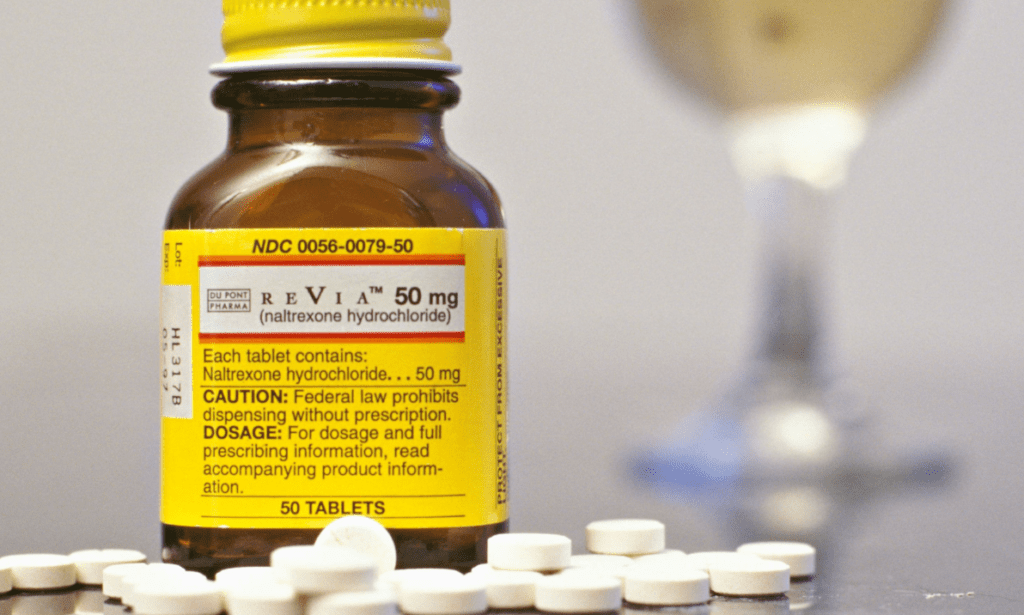If you’ve investigated therapies with autoimmune benefits or ways to feel better and function at a higher level, than you have likely came across low dose naltrexone. More and more people are talking about low dose naltrexone because of its incredible benefits and ability to improve one’s quality of life. Regardless of where you first discovered it, you have likely asked yourself – what is low dose naltrexone?
Low dose naltrexone is commonly referred to as LDN. The drug naltrexone is an oral medicine taken at high doses to control cravings for alcohol and opioids. The lower dose form is when less than 10mg of LDN is taken a day.
Naltrexone was first approved in 1985 and has been commonly used off-label to treat autoimmune diseases. LDN has an incredible plenty of studies to back its efficacy. The research suggests that LDN could help reduce fatigue and brain fog, increase endorphin levels, and reduce chronic pain.
To understand how LDN works, you need to have some understanding of the body’s cellular processes. Endorphins are known as the “feel-good” polypeptides involved in the production of dopamine and serotonin. They are made in the pituitary gland and are involved in inflammation and pain. A higher level of endorphins can make you feel good.
Research has shown that LDN is able to increase OGF levels in the body.
LDN only blocks the receptors for a few hours, which results in a rebound effect and ultimately creates a higher level of endorphins. In multiple studies LDN was associated with several benefits, including reduced inflammation and lower chronic pain.
Research on low dose naltrexone
Plenty of studies have looked at the effects LDN has such as multiple sclerosis, fibromyalgia, and Crohn’s Disease.
Research on LDN and cancer risk has shown promising results. A mouse study conducted last year found that low dose naltrexone inhibited colorectal cancer progression and promoted apoptosis. Another report discussed the results of clinical trials that found that LDN affected tumors at the cellular level as it augmented the immune system.
Research has also looked at LDN’s effect on those with multiple sclerosis. The Journal of Clinical Psychopharmacology published a retrospective study that found that the quality of life for patients with MS could be improved with LDN, as 60% of patients taking it reported less fatigue.

LDN is also considered an effective treatment option for fibromyalgia, according to studies. In 2009, a single-blind crossover trial examined the effects of LDN on ten women with fibromyalgia. The researchers believed that LDN would inhibit microglia activity and reverse inflammation. Participants reported the severity of their symptoms every day and visited a lab every two weeks for mechanical, heat, and cold pain sensitivity. The results found that LDN reduced fibromyalgia symptoms by more than 30%.
Several studies have also found that LDN can also cause weight loss. One study that looked at the effects of LDN on obese women found that it increased growth hormone levels, which in turn helped develop lean body mass and increased their ability to burn fat, aiding in weight loss.
Using low dose naltrexone
On average, those taking LDN will be prescribed 4.5mg a day; however, this can be adjusted. Individuals can determine if LDN is a suitable option for them and their recommended dose by consulting a medical professional.
Dr. Zalzala, Chief Medical Officer of AgelessRx, is an expert on autoimmune disorders and has seen hundreds of patients see positive results from LDN. He typically recommends taking LDN at bedtime, between 9 pm and 1 am.
Regarding side effects, for the first three to five days, users may experience some minor side effects such as headache, insomnia, anxiety, and vivid dreams. These side effects typically diminish on their own and are further reduced by taking a gradual approach to dosing.



